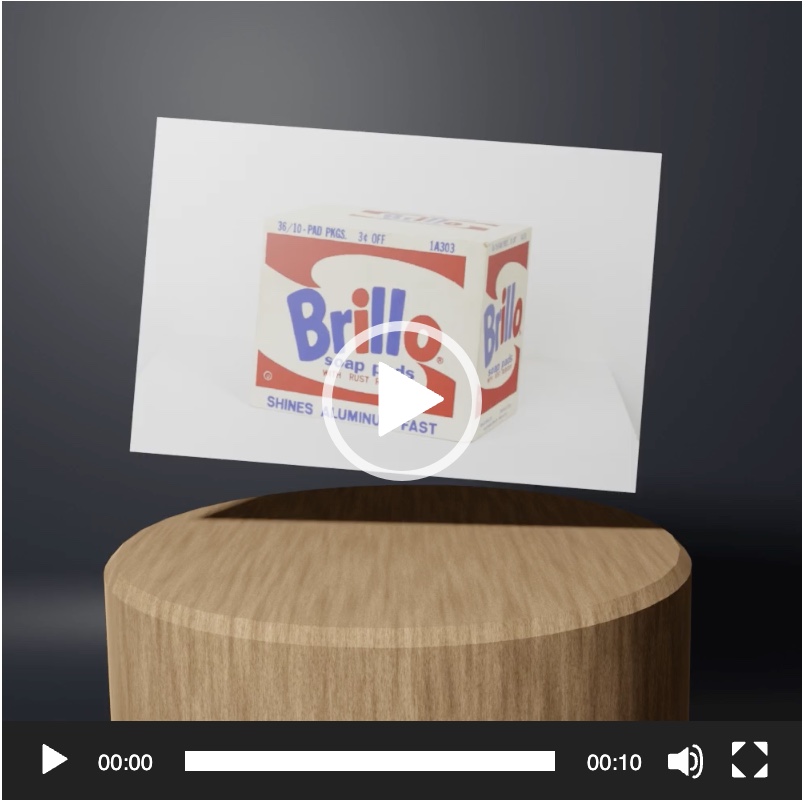
Physicality to Digitization: Examining Internet Art and Relationism
Art objects, once a rarity and only accessible to people with the time and means to view them or the wherewithal to purchase them, are now, since the end of the 20th century, accessible in a different way: through the Internet. With the capacity to obtain images, spectators can see almost any work of art at any given time in any location. It makes anyone who has this access a viewer, and the viewer yields much more power than ever before. This reality has raised many new questions relating to interaction and artists have been foremost to pose them.
This project examines artists whose work is participatory, digitally mediated and centered around social critique. Using both art historical and contemporary examples this project unpacks the ways in which the viewer has the ability to change the artwork itself. It looks into ideas of physicality versus ephemerality, social media personalities, and the valuation of art specifically through cryptocurrencies. Through an analysis of digital artworks and their reception, this thesis highlights the ideas behind the new aesthetic of Post-Internet art and the ways in which it evokes social critique, facilitates interaction between art objects and viewers, and blurs the physicality of the art world with which we are so familiar.
Sector B
Advisors
Jamie Diamond (FNAR)
Aaron Levy (ENGL)
Untitled (TBD)
This project takes a critical view of the way in which individuals interact with art online, specifically and currently through Non-Fungible Tokens (NFTs). This conceptual piece utilizes the blockchain network in order to buy, sell, trade or simply view the work. The project will be realized by the viewer through data visualization; the piece begins initially as a blank square and will then be altered each time a viewer interacts with it. Ten purple pixels are added to the square each time it is viewed. Twenty pink pixels are added to the work when it is traded. Thirty blue pixels are added to the work when it is bought and sold. The visual component of this project is defined by the people who interact with it.
Influenced by artists like Sol LeWitt and Lawrence Weiner, I have set text-based instructions but relinquished my control in order to create a project that is entirely participatory. In addition to the influence of LeWitt and Weiner, CryptoPunk similarly informs this project. The unique works I begin exist on a website where they can be seen, but the proof of ownership is through Ethereum. There are only 100 works available for purchase, the scarcity falling in line with the medium. Though the first acquisition is free and available to anyone with an Ethereum wallet, like CryptoPunk, the art is then bought and sold in the marketplace. This project employs the contemporary medium of NFTs to create a collaborative body of images determined by the viewers.

 Visual Studies
Visual Studies